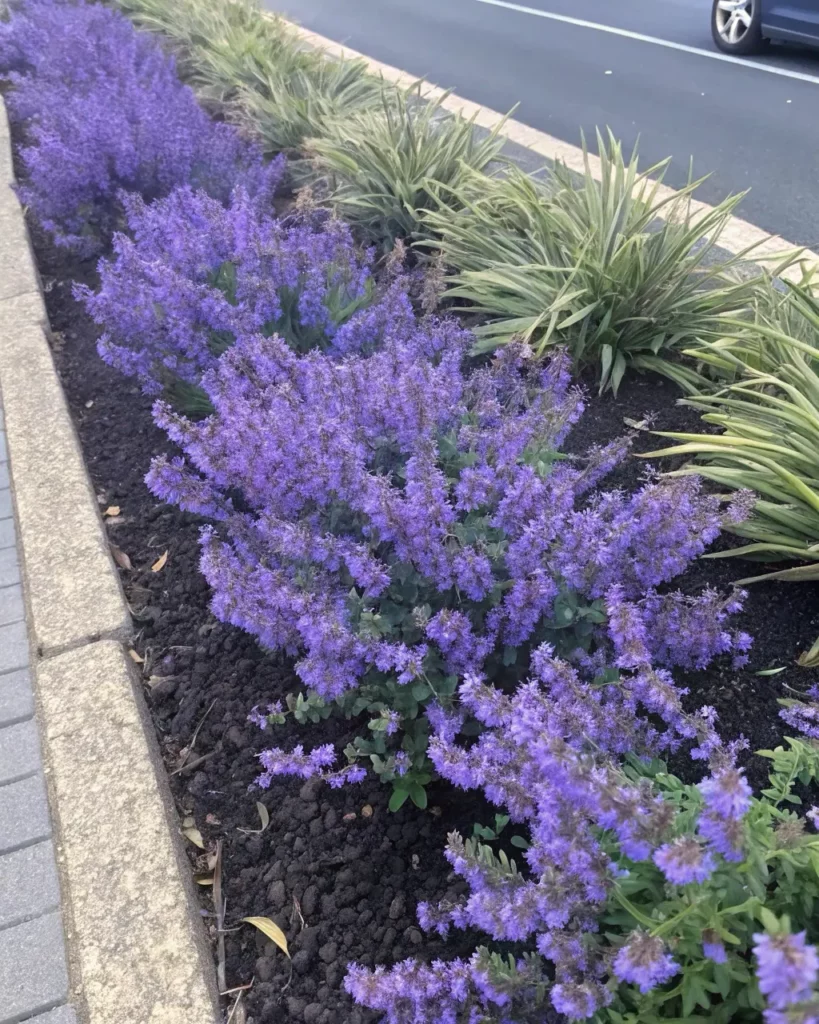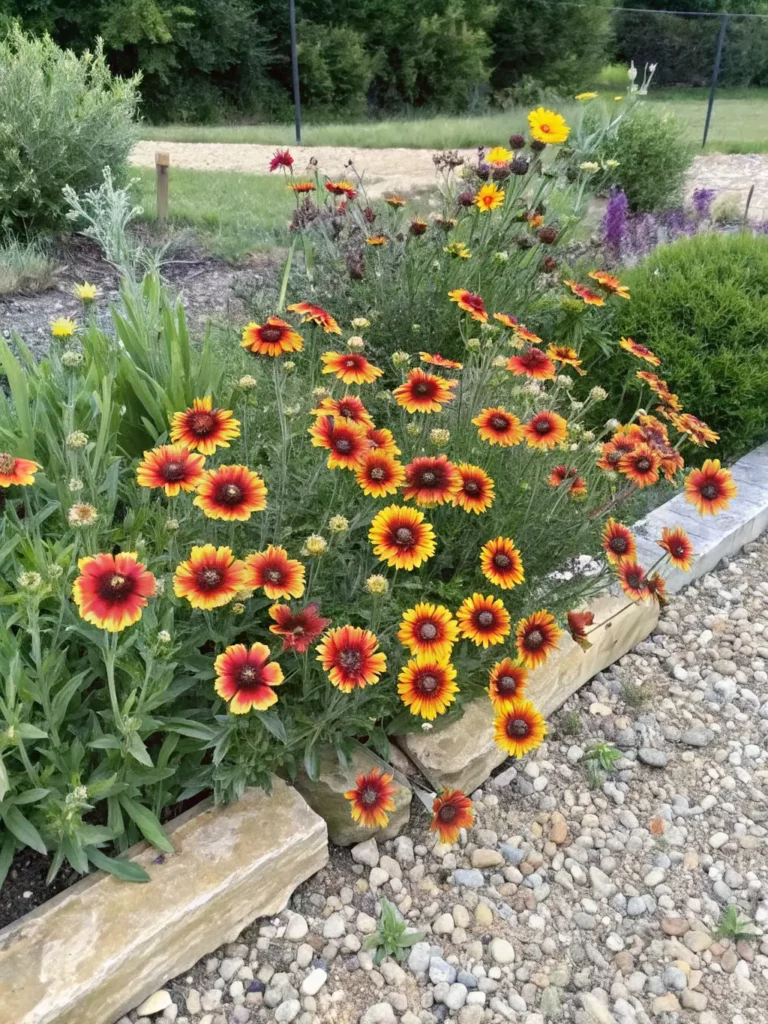Many homeowners view shaded areas as challenging landscaping obstacles, but these spaces offer unique opportunities to create lush, sophisticated gardens. Shade-tolerant plants provide the foundation for creating stunning low-light garden designs that maintain visual interest throughout all four seasons. Whether you’re dealing with deep woodland shade or partial morning shadows, the right selection of evergreen foliage and shade-loving perennials can transform these areas into garden showstoppers.
Table of Contents
Understanding how to work with shade opens up entirely new possibilities for woodland landscaping that many gardeners overlook. These cooler, more protected areas often provide ideal growing conditions for plants that would struggle in full sun, allowing you to create diverse, layered landscapes with unique textures and colors.

Why Shade Gardens Matter in Modern Landscaping
Shade gardens serve multiple purposes beyond their obvious aesthetic appeal. They provide cool retreats during hot summer months, reduce energy costs by naturally cooling nearby structures, and create habitat for wildlife that prefers protected environments. Additionally, shade-tolerant plants typically require less water than their sun-loving counterparts, making them excellent choices for sustainable landscaping approaches.
The key to successful shade gardening lies in understanding the different types of shade conditions. Partial shade receives 3-6 hours of direct sunlight daily, while full shade gets less than 3 hours. Dappled shade, common under deciduous trees, provides filtered light throughout the day. Each condition supports different plant communities and design opportunities.
Evergreen and Perennial Options for Year-Round Color
Evergreen foliage forms the backbone of successful shade gardens, providing consistent structure and color when deciduous plants are dormant. These plants maintain their leaves throughout winter, ensuring your landscape never looks bare or forgotten. Combining evergreen shade-tolerant plants with perennials that offer seasonal interest creates dynamic gardens that evolve throughout the year.
The secret to achieving year-round appeal lies in layering plants with different seasonal peaks. Spring-blooming perennials provide early color, summer foliage plants offer lush texture, fall-interest varieties extend the season, and evergreen selections maintain winter structure.

Best Shade-Loving Plants for Four-Season Beauty
Hellebores (Helleborus species) stand out as exceptional shade garden performers. These early-blooming perennials produce flowers from late winter through early spring, often blooming through snow. Their leathery, evergreen foliage provides year-round structure, while flower colors range from white and pink to deep purple and nearly black. Hellebores prefer well-drained soil and can tolerate dry conditions once established.
Coral Bells (Heuchera species) offer incredible foliage diversity in shade gardens. Modern cultivars feature leaves in colors ranging from lime green and silver to deep burgundy and bronze. These low-light garden plants produce delicate flower spikes in late spring and early summer, but their primary value lies in their colorful foliage that persists through winter in milder climates. They prefer slightly acidic soil with good drainage.
Toad Lily (Tricyrtis species) provides unique late-season interest in shade gardens. These woodland landscaping gems produce orchid-like flowers in fall when most other plants are finishing their display. The spotted flowers appear along arching stems above attractive foliage that remains appealing throughout the growing season. They prefer moist, well-draining soil rich in organic matter.
Cast Iron Plant (Aspidistra elatior) earns its common name through remarkable durability in challenging shade conditions. This evergreen perennial produces glossy, dark green leaves that maintain their appearance year-round, even in deep shade where few other plants survive. Cast iron plants are excellent for creating consistent background texture in shade gardens and require minimal maintenance once established.
Japanese Painted Fern (Athyrium niponicum) adds striking silver and burgundy foliage to shade gardens. This deciduous fern creates beautiful contrast against solid green companions and provides elegant texture throughout the growing season. While not evergreen, it returns reliably each spring and pairs beautifully with other shade-tolerant plants.
Design Tips for Low-Light Areas
Creating successful shade garden designs requires understanding how to work with reduced light levels. Light-colored foliage and flowers appear more prominent in shade, so incorporating silver, white, and chartreuse plants helps brighten dark spaces. Variegated plants also excel in partial shade, as their lighter markings create visual interest without requiring full sun.
Layering different plant heights creates depth and interest in shade gardens. Use taller shrubs as background elements, medium-height perennials as focal points, and low-growing groundcovers to unify the design. This approach mimics natural woodland environments and creates sophisticated, naturalistic gardens.
Texture becomes particularly important in shade gardens where flower color may be less prominent. Combine plants with different leaf shapes, sizes, and textures to create visual interest. Pair broad-leaved hostas with narrow-leaved ornamental grasses, or combine feathery ferns with bold-leaved bergenia for striking contrasts.
Maintenance and Soil Needs for Shade Gardens
Most shade-tolerant plants prefer soil rich in organic matter, mimicking the natural forest floor conditions where many originated. Incorporating compost, leaf mold, or well-aged manure improves soil structure and provides steady nutrition for shade garden plants. Good drainage remains essential, as many shade areas can become waterlogged during rainy periods.
Mulching plays a crucial role in shade garden maintenance. A 2-3 inch layer of organic mulch conserves moisture, moderates soil temperature, and suppresses weeds while gradually decomposing to improve soil quality. Avoid piling mulch against plant stems to prevent rot and pest issues.
Watering requirements for shade gardens typically decrease compared to sunny areas, but newly planted shade-tolerant plants still need consistent moisture during establishment. Deep, infrequent watering encourages strong root development and improves drought tolerance once plants are established.

Seasonal Care and Maintenance Schedule
Spring maintenance focuses on cleaning up winter debris, dividing overcrowded perennials, and refreshing mulch layers. This is also the ideal time for planting new shade garden additions, as cooler temperatures and spring moisture support establishment.
Summer care emphasizes consistent watering during dry periods and deadheading spent flowers to encourage continued blooming. Monitor for pest issues, which can be more common in humid shade conditions.
Fall preparations include cutting back deciduous perennials after frost, but leave evergreen foliage intact. Add fresh mulch before winter to protect plant crowns from temperature fluctuations.
Winter care is minimal for established shade gardens, but checking for storm damage and protecting tender plants during extreme cold helps ensure spring recovery.
Conclusion: Embracing Shade Garden Opportunities
Shade gardens offer unique opportunities to create sophisticated, low-maintenance landscapes that provide year-round beauty. By selecting appropriate shade-tolerant plants and understanding their specific needs, you can transform challenging shaded areas into garden highlights that require less water and maintenance than traditional sunny borders.
The key to shade gardening success lies in working with natural conditions rather than fighting them. Embrace the cooler, more subtle beauty of shade gardens, and you’ll discover a whole new world of landscaping possibilities that many gardeners never explore.

